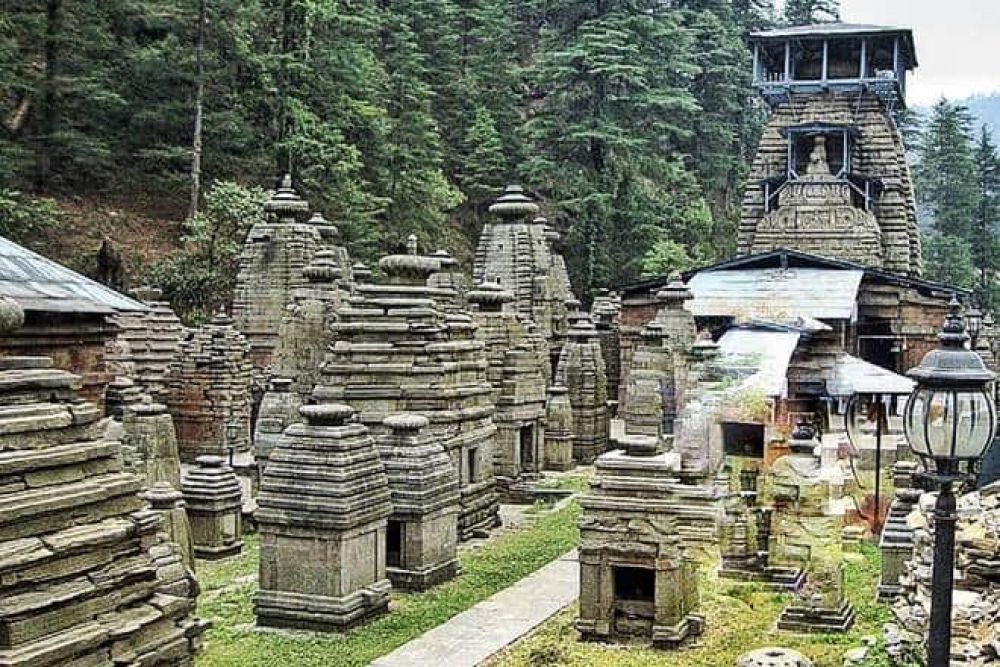

Nestled in the serene Kumaon region of Uttarakhand, the ancient town of Jageshwar is a significant religious destination known for its cluster of temples dedicated to Lord Shiva. Among these is the Chandi Ka Temple, a spiritual haven attracting pilgrims and travelers from across the globe.
The history of Jageshwar, and indeed Chandi Ka Temple, is steeped in the rich tapestry of India's religious culture. Jageshwar is believed to be the site of one of the oldest Shiva temples in the country. The temples in this area, including Chandi Ka Temple, are thought to date back to between the 7th and 14th centuries. This period was marked by the proliferation of temple building in the northern Indian regions by the Chand dynasty, making these temples not just places of worship but also marvels of ancient architecture.
The Chandi Ka Temple, like its neighbors, showcases intricate stone carvings and has been built following the Nagara style of architecture, which is characteristic of North Indian temples. The temple stands as a testament to the skill and devotion of the artisans of the time.
Although Jageshwar has been a site of religious pilgrimage for centuries, it was not until the latter part of the 20th century that tourism began to flourish. The advent of better roads and the introduction of accommodations encouraged more visitors to explore its hidden treasures.
Tourism has evolved, with the Jageshwar temples, including Chandi Ka Temple, being designated as a protected monument by the Archaeological Survey of India. This has led to better preservation and increased interest in the region's historical and spiritual importance.
Recent years have seen a shift towards eco-tourism, with a focus on preserving the pristine natural beauty that surrounds Jageshwar. Simultaneously, there has been a rise in spiritual tourism, with visitors seeking to immerse themselves in the tranquility and connect with the ancient energies of the temples.
With digital platforms providing access to information and easier booking processes, there has been a surge in independent travelers visiting Jageshwar. Improved connectivity and facilities have also made it more accessible for all types of tourists.
The annual Maha Shivratri Mela (fair) attracts thousands of devotees, highlighting Jageshwar as a dynamic, living center of tradition and festivities.
The best time to visit Chandi Ka Temple is between March and June before the monsoon season begins, as well as from September to November when the weather is pleasant and conducive to exploration and meditation.
Travelers should be respectful of the religious customs and dress modestly while visiting the temple. It is also advisable to hire local guides to gain deeper insights into the temple's history and architectural details.
Explore the spiritual essence of India at the Chandi Ka Temple, and be part of a continuum of history and devotion that has lasted for centuries.